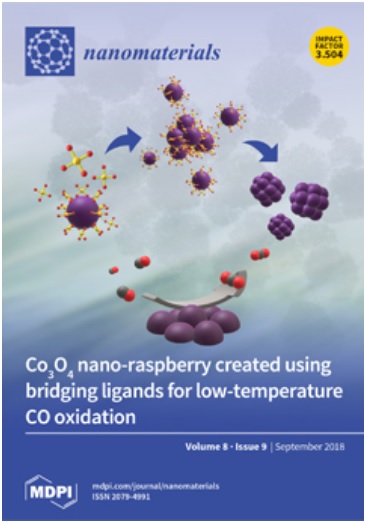Ultrathin transition metal oxide films exhibit unique physical and chemical properties not observed for the corresponding bulk oxides. These properties, originating mainly from the limited thickness and the interaction with the support, make those films similar to other supported 2D materials with bulk counterparts, such as transition metal dichalcogenides. Ultrathin iron oxide (FeO) films, for example, were shown to exhibit unique electronic, catalytic and magnetic properties that depend on the type of the used support. Ag(111) has always been considered a promising substrate for FeO growth, as it has the same surface symmetry, only ~5% lattice mismatch, is considered to be weakly-interacting and relatively resistant to oxidation. The reports on the growth and structure of ultrathin FeO films on Ag(111) are scarce and often contradictory to each other. We attempted to shed more light on this system by growing the films using different preparation procedures and studying their structure using scanning tunneling microscopy (STM), low energy electron diffraction (LEED) and X-ray photoelectron spectroscopy (XPS). We observed the formation of a previously unreported Moiré superstructure with 45 Å periodicity, as well as other reconstructed and reconstruction-free surface species. The experimental results obtained by us and other groups indicate that the structure of FeO films on this particular support critically depends on the films’ preparation conditions. We also performed density functional theory (DFT) calculations on the structure and properties of a conceptual reconstruction-free FeO film on Ag(111). The results indicate that such a film, if successfully grown, should exhibit tunable thickness-dependent properties, being substrate-influenced in the monolayer regime and free-standing-FeO-like when in the bilayer form.

